The plan was to make a round trip through Taiwan—heading south along the east coast to Kenting, then looping back up to Taipei via the west side of the island. So before hitting the popular Hualien, I made a stop in Yilan County, hoping to catch a glimpse of a more authentic slice of Taiwanese life.
Since Taiwan is a volcanic island, it’s shaped by massive mountain ranges. The west is less rugged and home to most of the population, as well as agriculture, fisheries, and industry. But along the east coast, you’ll still find towns and cities tucked into the flatter stretches between the green, forest-covered mountains and the blue waters of the Pacific.
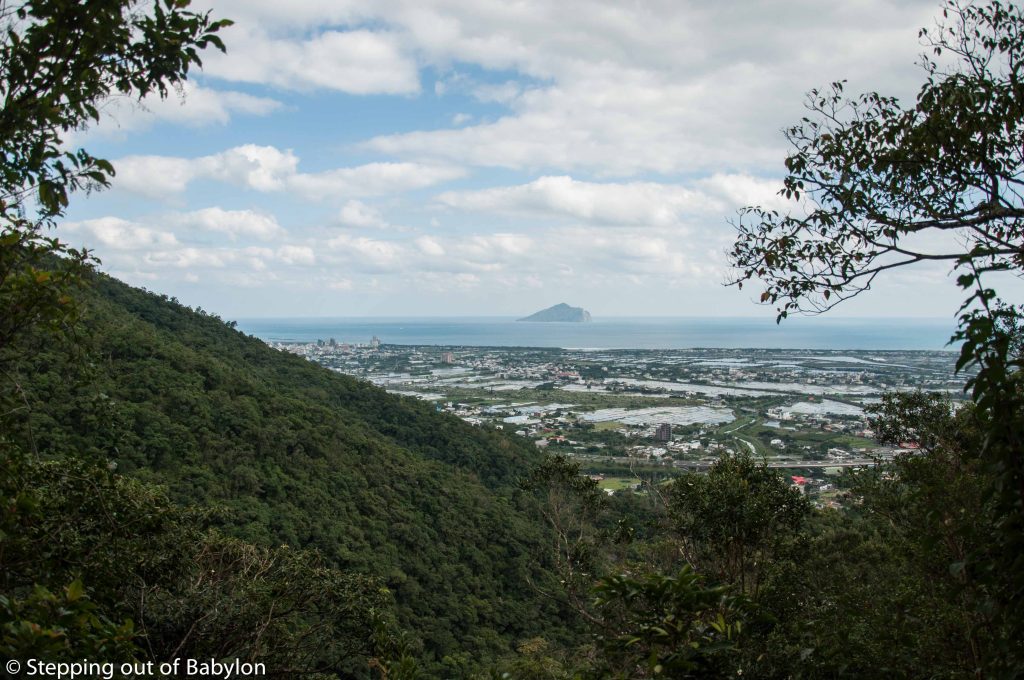
Yilan City, right in the center of the county, turned out to be a great base to explore the surrounding area. The main attractions around here? Beaches, mountain hikes, hot springs, and the night markets. The city itself doesn’t have a ton to offer, but it’s well connected by train, which makes easy-going day trips a breeze.
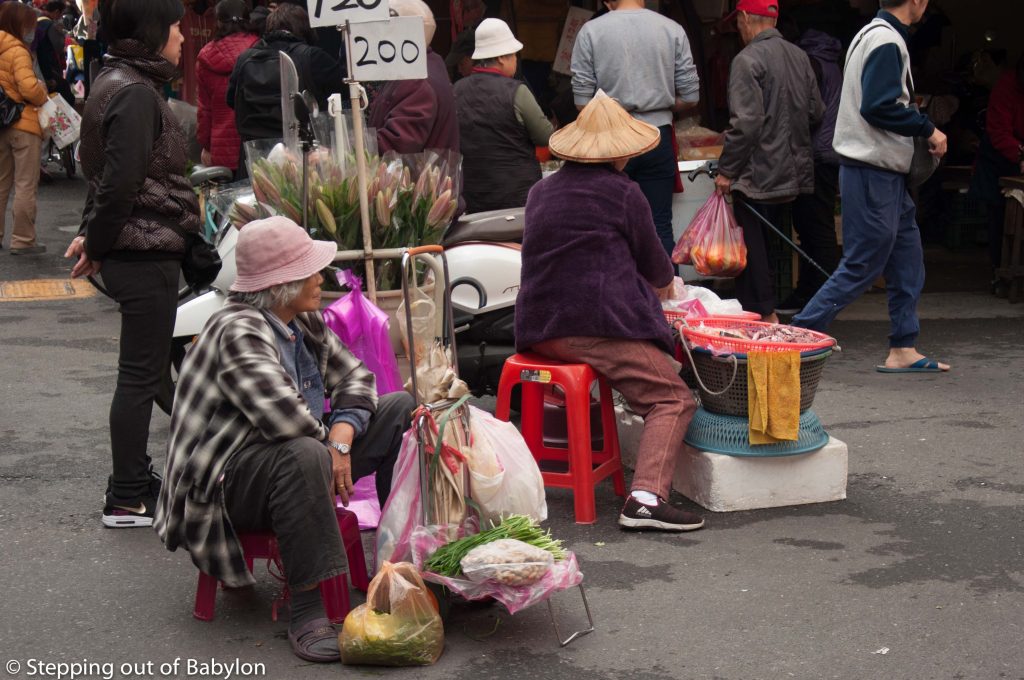
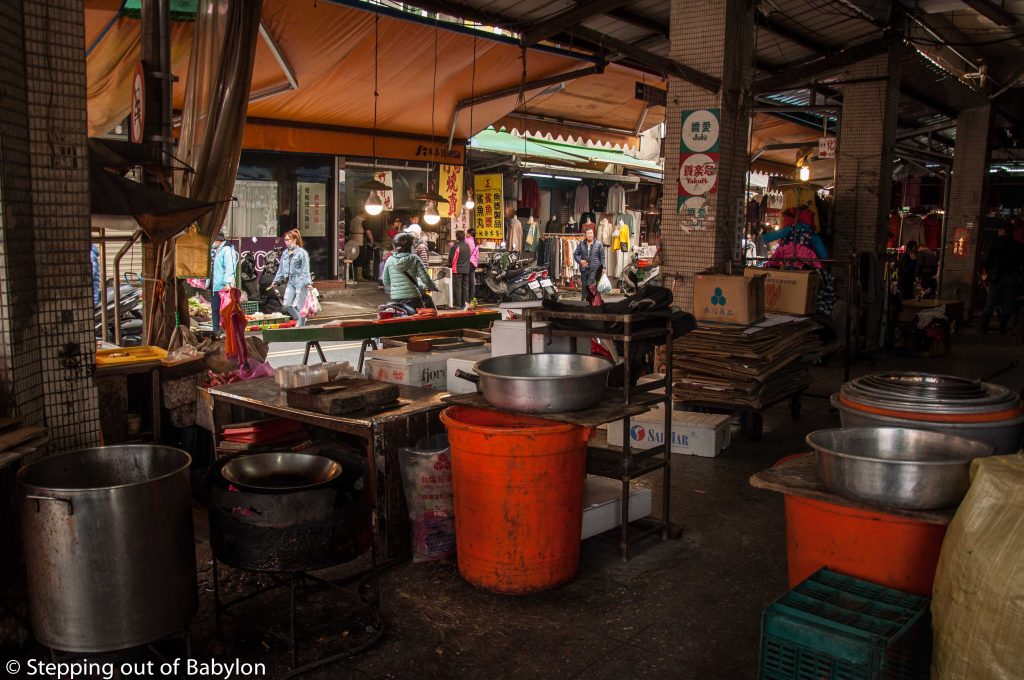
Paoma Historic Trail
Less than 10 kilometers to the north is Jiaoxi Town (also written as Jiaosi), nestled at the foot of the mountains. It’s famous for its hiking trails—often called “Historic Trails” in Taiwan—along with waterfalls and, of course, the hot springs.
One of the trails, the Paoma Historic Trail, is an old timber route through the mountains, stretching just over 6 kilometers. It’s an easy walk through a lush, humid forest, and on a clear day, you can even catch glimpses of the sea. I only hiked part of it—just up to where the trail meets a paved road—then headed back to Yilan. The full route goes a bit too far, making it tricky to get back if you’re relying on public transport.

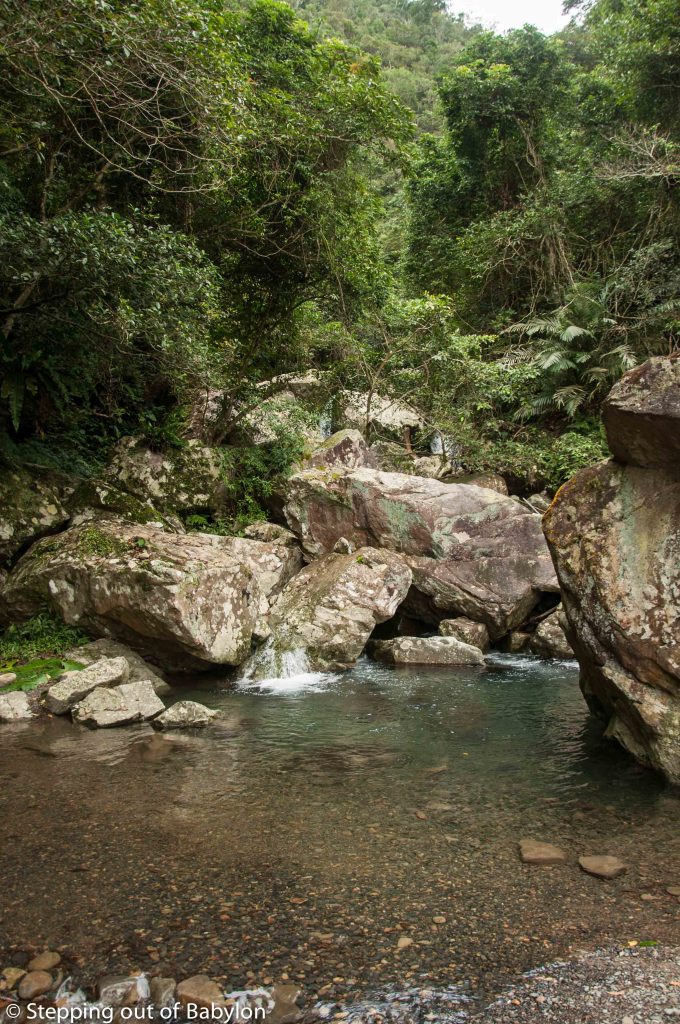
Jiaoxi Hot Springs Park Onsen
After that little hike, the perfect spot to unwind is the Jiaoxi Hot Springs Park Onsen, the area’s top attraction. Taiwan has hot springs all over the island thanks to its volcanic geology, but it was during the Japanese era (when “onsen” culture was introduced) that these natural sites were adapted for public bathing—often for their therapeutic benefits, as the water tends to be rich in minerals like sulfur and emerges at high temperatures.
Hot springs in Taiwan are usually open-air pools where people bathe together in swimsuits. But Jiaoxi sticks to the traditional Japanese style, with gender-separated pools of varying temperatures.
It’s a beautiful and relaxing experience… though maybe not quite as peaceful as in Japan, since Taiwanese bathers are a bit more talkative and lively. (Entrance fee is 120 NT$. Don’t forget your towel and shower cap—or you can buy them at the counter.)

Though Luodong isn’t a major city, its night market is way more lively than Yilan’s Dongmen Night Market. It draws bigger crowds thanks to its huge variety of food stalls. That said, if you’re a foreigner, don’t expect much from the merchandise—it’s mostly low-quality clothes and cheap “made in China” items. Still, night markets are a fun way to spend an evening and watch local life unfold. They’re a big social scene, and some food specialties are unique to each one. Getting to Luodong from Yilan is easy—just a 15-minute train ride (15 NT$).

Waiao Beach, not far from Jiaoxi, was a bit tricky to reach without your own wheels. The local trains are slow and infrequent (they stop at every station), so a simple beach trip can easily eat up the whole day. Plus, with winter in full swing, the cold weather wasn’t exactly inviting for a swim.
Even though Yilan City isn’t packed with tourist sights, I still found myself enjoying quiet evening walks, despite the chill. Winter nights start early—around 5 p.m.—and the dim fluorescent lights give the streets a nostalgic vibe. There’s a kind of quiet charm in the old eateries, where the lack of fancy decor feels oddly stylish. Some of the shops have that same slightly faded elegance that gives the city an old-school personality that’s hard to fake

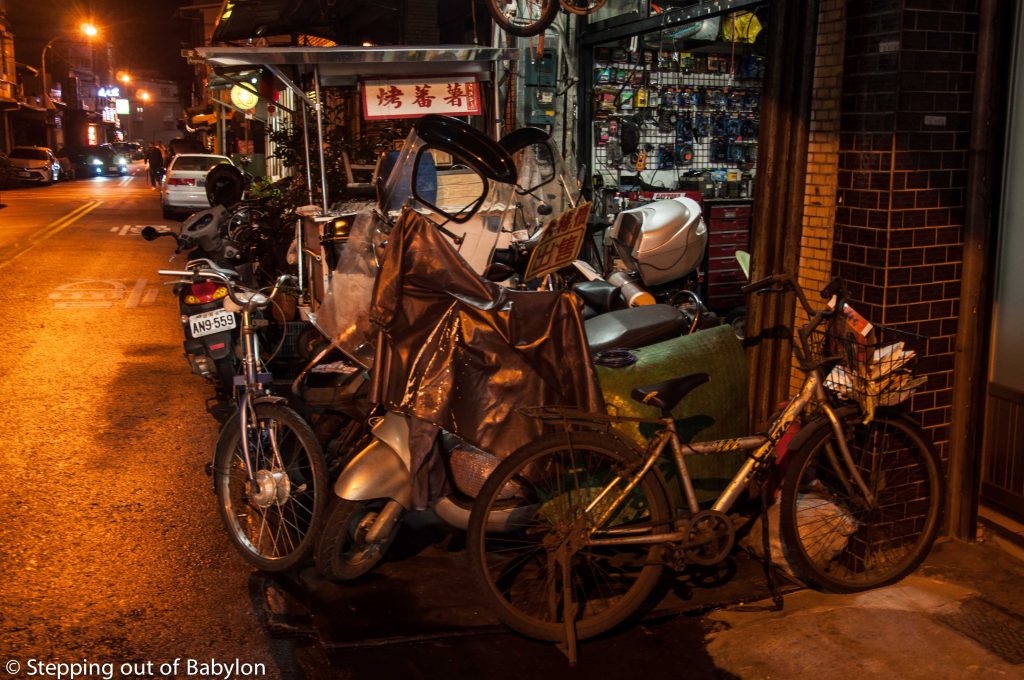
Where to Sleep in Yilan City
There aren’t many budget options in Yilan—it’s definitely a bit off the typical backpacker trail. I stayed at Shen Nong Village, which has a super stylish and incredibly comfy dorm in a renovated building. It’s part of a cool concept space that also includes a restaurant, cafés, and boutique shops, mostly selling design and vintage stuff.
Even though it’s a bit pricey, it’s still the cheapest decent option within walking distance from the train station. Honestly, the peaceful vibe and comfort totally justify the cost.
Right next to Shen Nong Village, there’s a small buffet-style restaurant with lots of vegetarian options. The space is modern and clean, though a little lacking in personality. Still, the food is tasty—and super cheap!
The best breakfast in Yilan City
On the corner of Kangle Road and Guangfu Road, just next to Urisabakisho Restaurant, there’s a little breakfast spot that serves up a really tasty traditional Taiwanese breakfast.
The name and menu are all in Chinese, but with a bit of help from other guests—or just pointing at whatever’s being cooked in the open kitchen—you can easily order a chilled sweet rice milk and a vegetarian Fan Tuan (a sticky rice roll). It’s made with red sticky rice and stuffed with You Tiao (fried dough sticks) and pickled cabbage.
A bit of an unusual combo for breakfast, but it was great to try a veggie version of Fan Tuan!
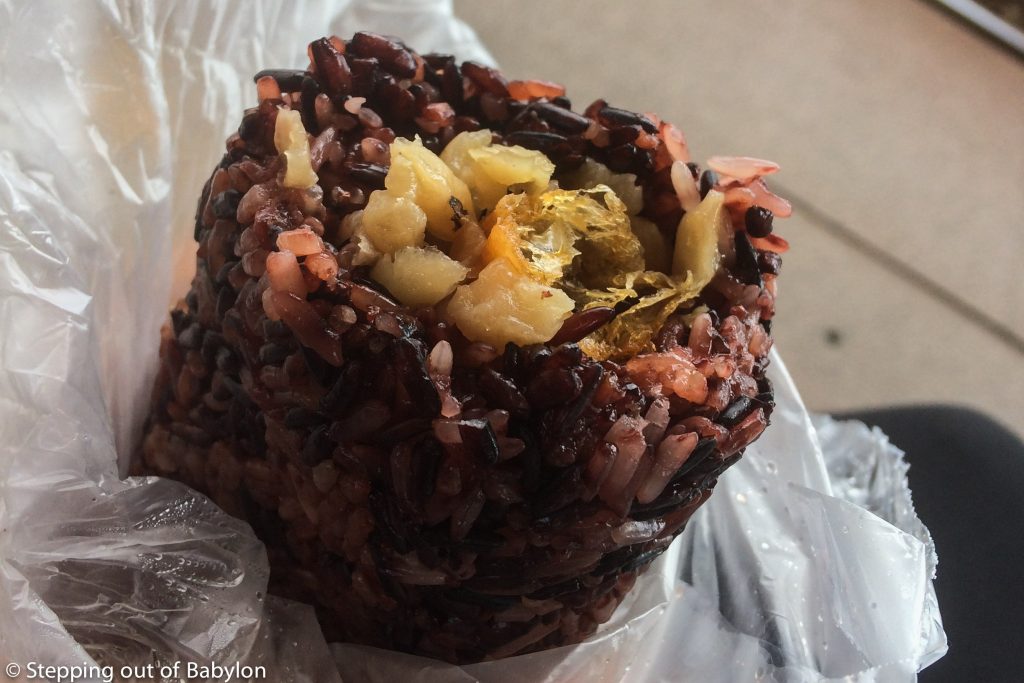
Eating at Yilan County Night Markets
Taiwanese food is heavily influenced by Chinese cuisine, but there are plenty of local specialties and regional twists worth trying. One of Yilan’s famous snacks is the scallion pancake—which is popular all over Taiwan—but here it comes in a unique spiral shape that makes it stand out. It’s fried in lots of oil, making it softer and more like bread than the crispier versions elsewhere.
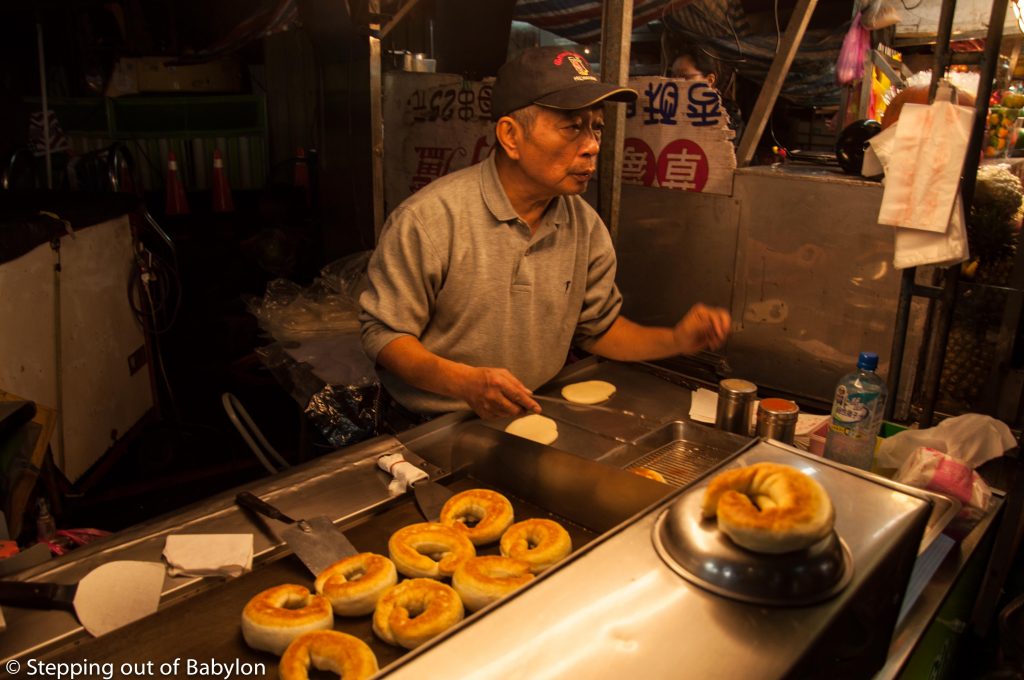
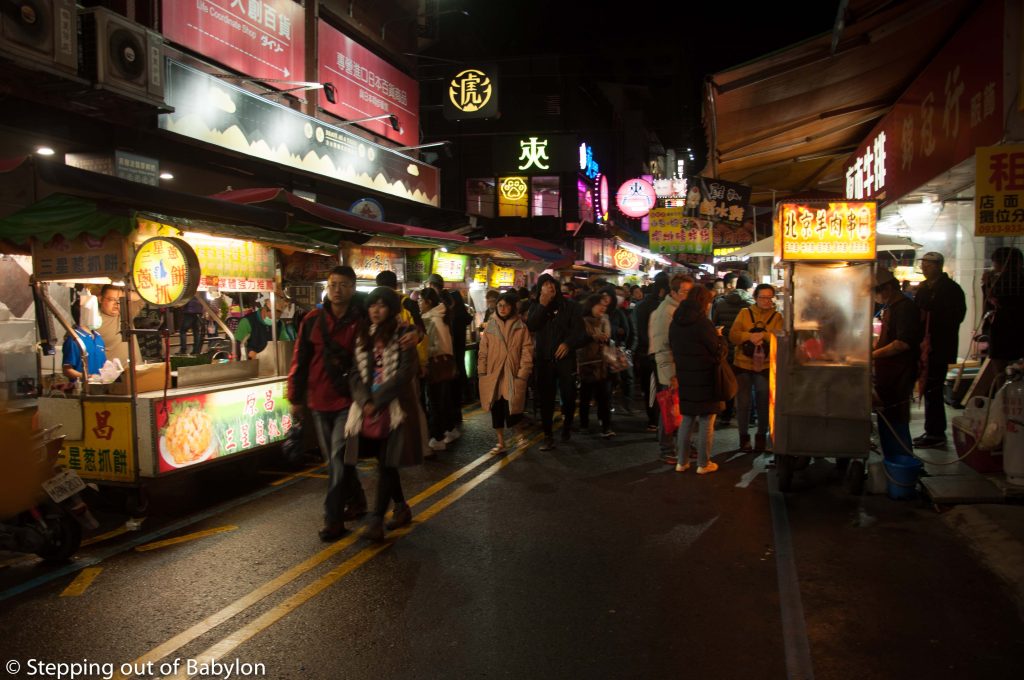
The best one I had was at Luodong Night Market, at a tiny stall near Yilan Zhongshan Park where there’s always a line. Totally worth the wait—these pancakes are super crispy, flavorful, and seriously addictive when eaten hot!
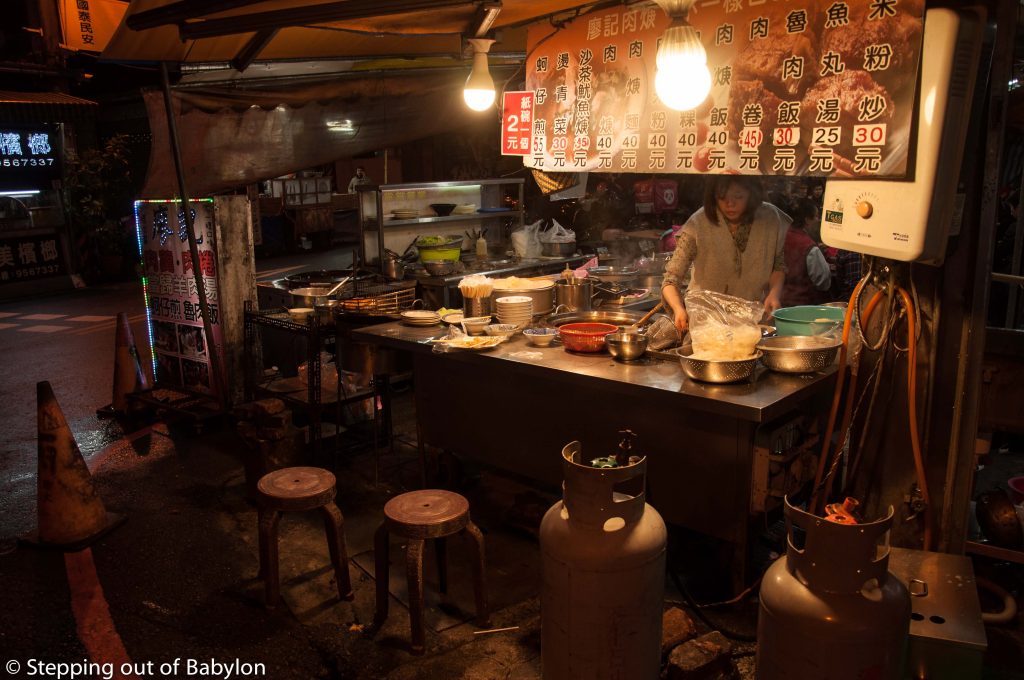
How to Get from Yilan to Hualien
The train is hands down the best way to get to Hualien. The ride is short and scenic, following the coastline with nice sea views.
No need to book in advance—just show up at the station a few minutes before departure and grab your ticket at the counter. Trains in Taiwan run frequently, are comfortable, and rarely packed.
- Time: About 1 hour trip
- Price: 225 NT$